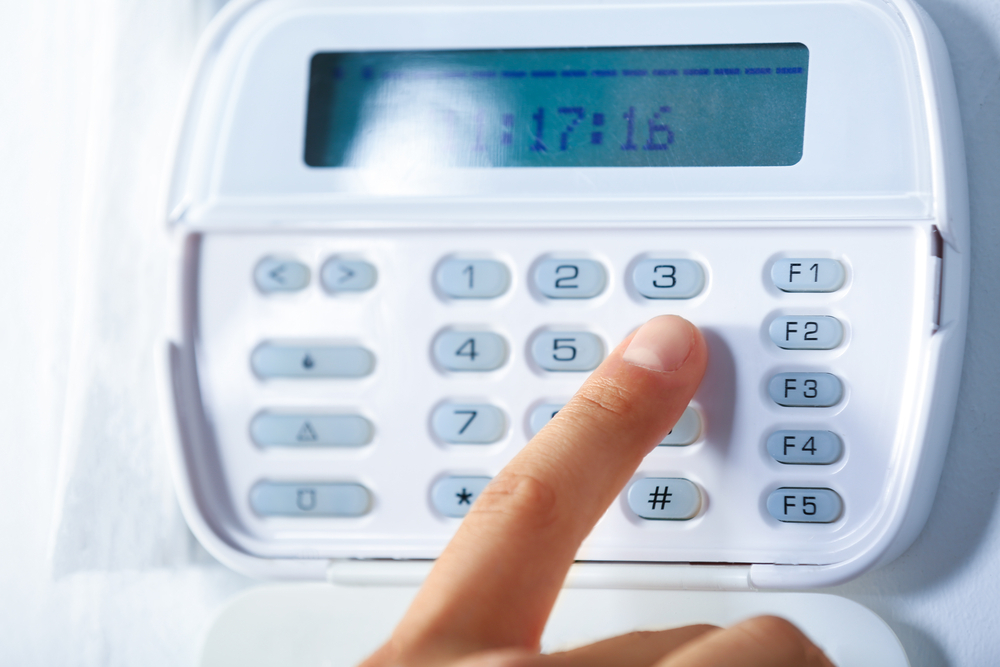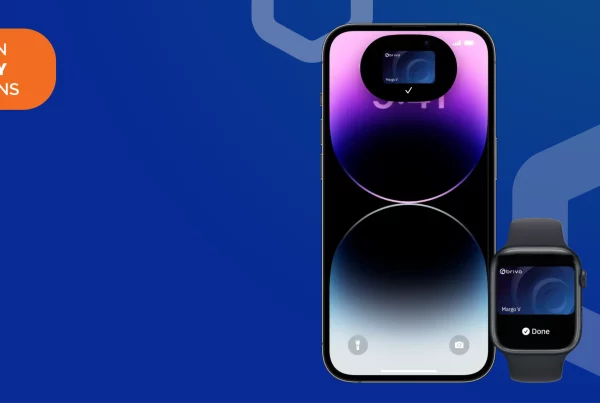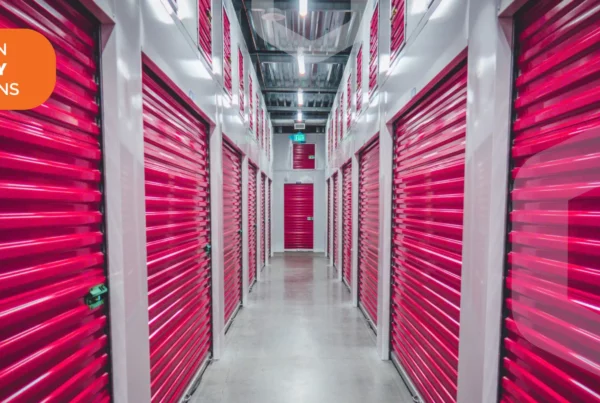Smart Elevator – The majority of buildings with multiple levels still use outdated systems where visitors must wait for an elevator to open up before manually requesting a destination. This procedure can be streamlined using today’s smart building technology to reduce waiting times and boost productivity.
Property owners can provide tenants and workers a safer, more practical, and secure means to access floors in multilevel buildings by upgrading existing elevator access control systems to make use of smart elevator controls.
This article will explain how to choose the best touchless access system for contemporary installations and cover a number of significant advantages that building operators can anticipate when switching from conventional systems to smart elevators.

Different types of smart elevator technology
smart elevators with mobile credentials
Push buttons and other conventional physical elevator controls are replaced by a sophisticated system that can be accessed remotely using a wireless connection and a smartphone or mobile device thanks to smart elevator technology. Unique mobile credentials will be given to staff, residents, and visitors and saved in a special app. Users will have a completely touch-free experience thanks to the app’s interaction with control panel readers that have been placed in order to locate and operate the closest elevator.
Residents can call an elevator simply holding their device up to a reader placed in the lobby of most smart elevator systems. The technology will then send users to the closest accessible elevator cabin after they have chosen a floor using their smart device. Security teams can also modify each user’s permissions and restrict access to certain floors to ensure that private spaces are kept completely secure.
elevators without touches
Certain installations will be fitted with touchless elevator buttons as an alternative to smartphone-based smart elevator technology. Using specifically created motion sensors that react to hand gestures, these systems replace the mechanical elevator call buttons found inside each cabin.
Qualified individuals can operate the elevator controls by merely putting their finger in front of the sensor. If the input is received, the floor will be chosen and the cabin will be given permission to move. Touchless elevator buttons, also known as contactless elevator buttons, can be operated manually and in conjunction with other smartphone controls.
Access Your Office with Smartphone
Discover why thousands of companies have Access Control System
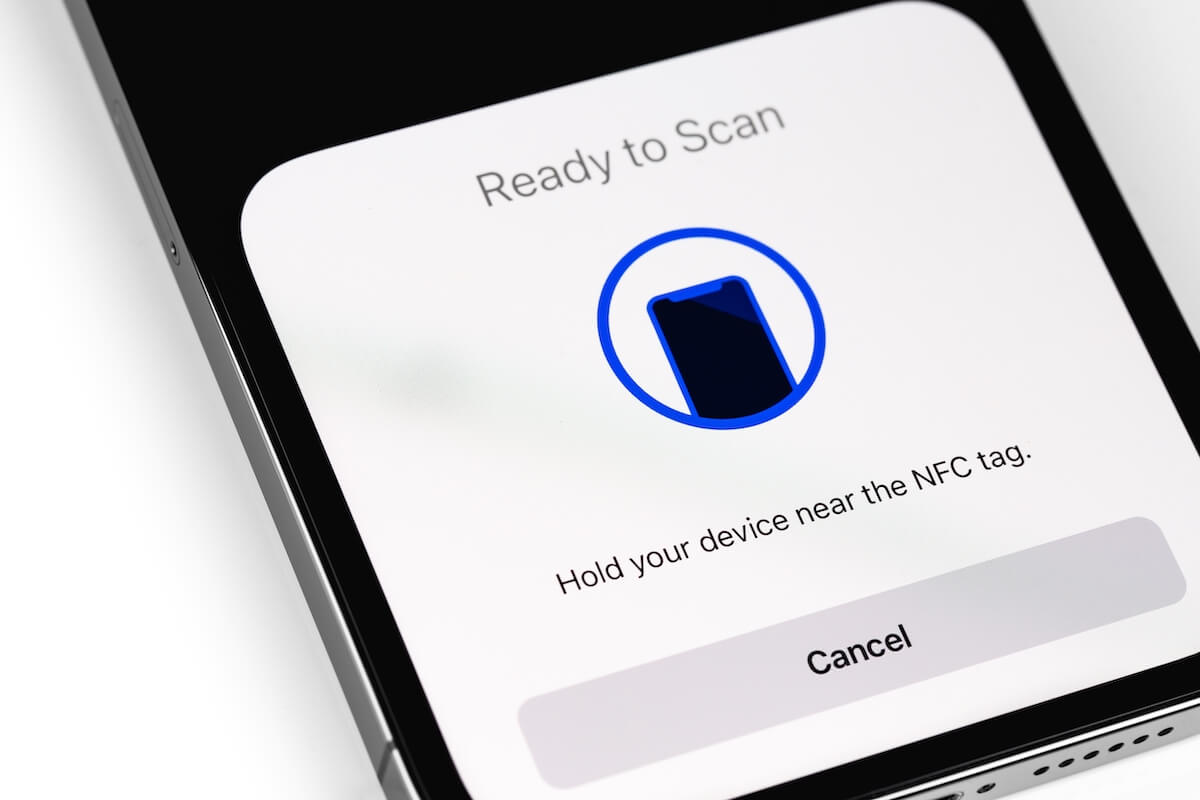
Key benefits of smart, touchless elevator systems
improved hygiene
Property owners and building managers can help to avoid the spread of hazardous bacteria and communicable diseases by installing touchless elevator controls and having elevators with touchless elevator buttons. The average elevator button has 737 times more bacteria than a typical toilet seat, demonstrating how crucial it is to minimize contact with high-touch surfaces in order to promote hygiene.
Property owners can significantly reduce the need to touch buttons or door handles in order to move throughout the building, further preventing illness transmission through contact, by combining smart elevator systems and touchless elevator buttons with wider contactless access solutions, such as entry readers and building management tools.
improved effectiveness
Users of conventional elevators have limited control over the cabin they select or the number of stops necessary to go to their destination. As many people try to use overcrowded accommodations, this frequently causes congestion and inefficiency. Guests can use in-app controls to locate the closest elevator, choose their destination in advance, and check other users’ choices thanks to smart elevator technology. This kind of smart elevator technology, also known as destination dispatch, automatically groups users depending on the floors they have chosen to ensure quicker, more secure service.
By grouping persons who are visiting the same floors together, these systems, when used in conjunction with occupancy counting sensors, can also lessen congestion by providing customers with occupancy numbers for each cabin and the floors that other users have requested. Additionally, giving customers access to real-time usage and occupancy statistics might enhance accessibility for guests who are disabled by guiding them toward less congested cabins when more space is needed.
increased convenience
Smart elevators are far more convenient to use than conventional elevators because they can reduce users’ waiting and transit times by grouping tenants who are travelling to the same floors and by enabling building managers to remotely control elevator usage.
To enhance the overall user experience and convenience, property managers can also install a wide choice of complimentary hardware and software solutions. As an illustration:
separate access reader To ease congestion, turnstile gates might be installed for each elevator.
Isolated elevator cabins can be set up to only stop at a few predetermined floors.
LCD screens can be fitted to make it apparent which levels the elevators will stop at.
User credentials can be changed to restrict access to pre-approved allowed floors and locations.
Enhanced security
Numerous multi-level commercial and residential buildings can hold a huge number of guests or residents from various organizations. Security personnel can control the specific access permissions for each user or group and prevent access to other floors by opting to run a smart elevator system.
For instance, the access credentials provided to employees of one firm will only allow approved access to the floors where that company is located, but access to same levels will be forbidden to employees of other companies. Some systems additionally give users the option to restrict access to only certain sections depending on predefined criteria, such as company responsibilities or office hours.
seamless integrations
For increased convenience and security, smart elevator technology can be connected with current access security systems. Security personnel can alter, inspect, and revoke user credentials remotely from a single centralized building management platform thanks to the connection of entry readers deployed to govern primary property access to touchless elevator controls.
Such a solution would let customers to move around the property and control their own access directly from their cellphones, eliminating the cost associated with tangible credentials like key cards and fobs. Using integrated smart access systems can lower operating costs and increase user comfort given that over 85% of the population owns a smart device.
To increase total visibility and efficiency, smart elevator installations should also take into account IoT connectivity with the building management platforms, guest management systems, and video surveillance systems installed on the property.
Cloud Based Access Control
Learn about cloud based access control system and its futures.
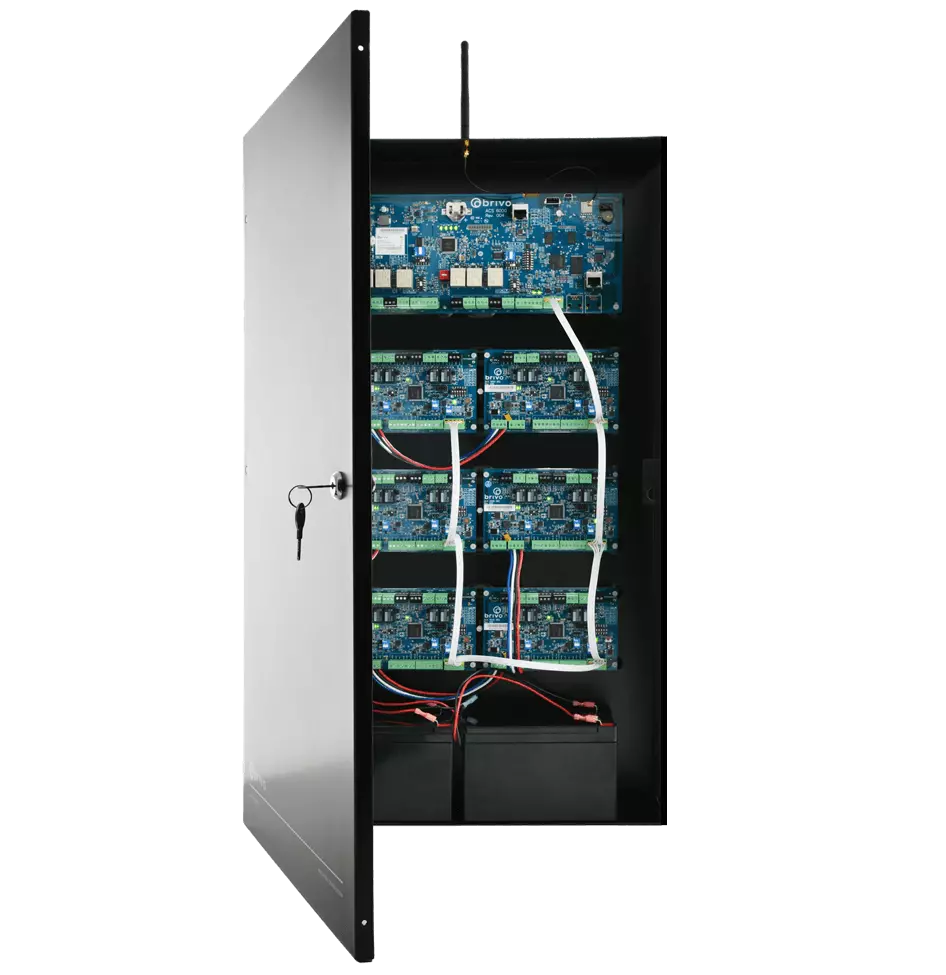
Smart elevator installation considerations
Property owners must evaluate a variety of specific demands and requirements before selecting a suitable smart elevator access control system network for any given installation.
How many elevators do you have? It might be costly and disruptive to business operations to install new contactless elevator buttons in numerous cabins. For a building with numerous elevators, a smartphone system might be more appropriate.
How many persons require access? It might be time-consuming to provide and manage credentials for hundreds of users. This procedure will be enhanced by an integrated identity management system.
Will access to some floors need to be restricted? How will access to specific locations be managed, viewed, and modified if it must be allowed or denied based on the user’s role? To simplify the process of organizing schedules, establishing permissions, and seeing actions in real-time, use a versatile cloud-based system. A cloud-based system also enables administrators to control security from any location using a web browser.
Will deeper integrations be required? If the property currently has smart security features like access readers and cameras, would the newest suggested devices work with them? Choose a system with open architecture to ensure that all systems may be easily integrated with other hardware, software, and apps.
Join UPS Stores Using Access Control
With Cloud Based Access Control, UPS Stores can regulate and track who enters its facility for PO Boxes.
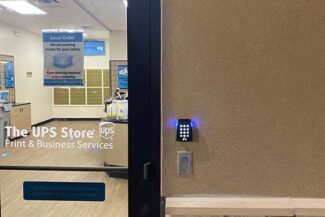
Have questions? We can help
Our security experts can help you implement the right security system for your business.



